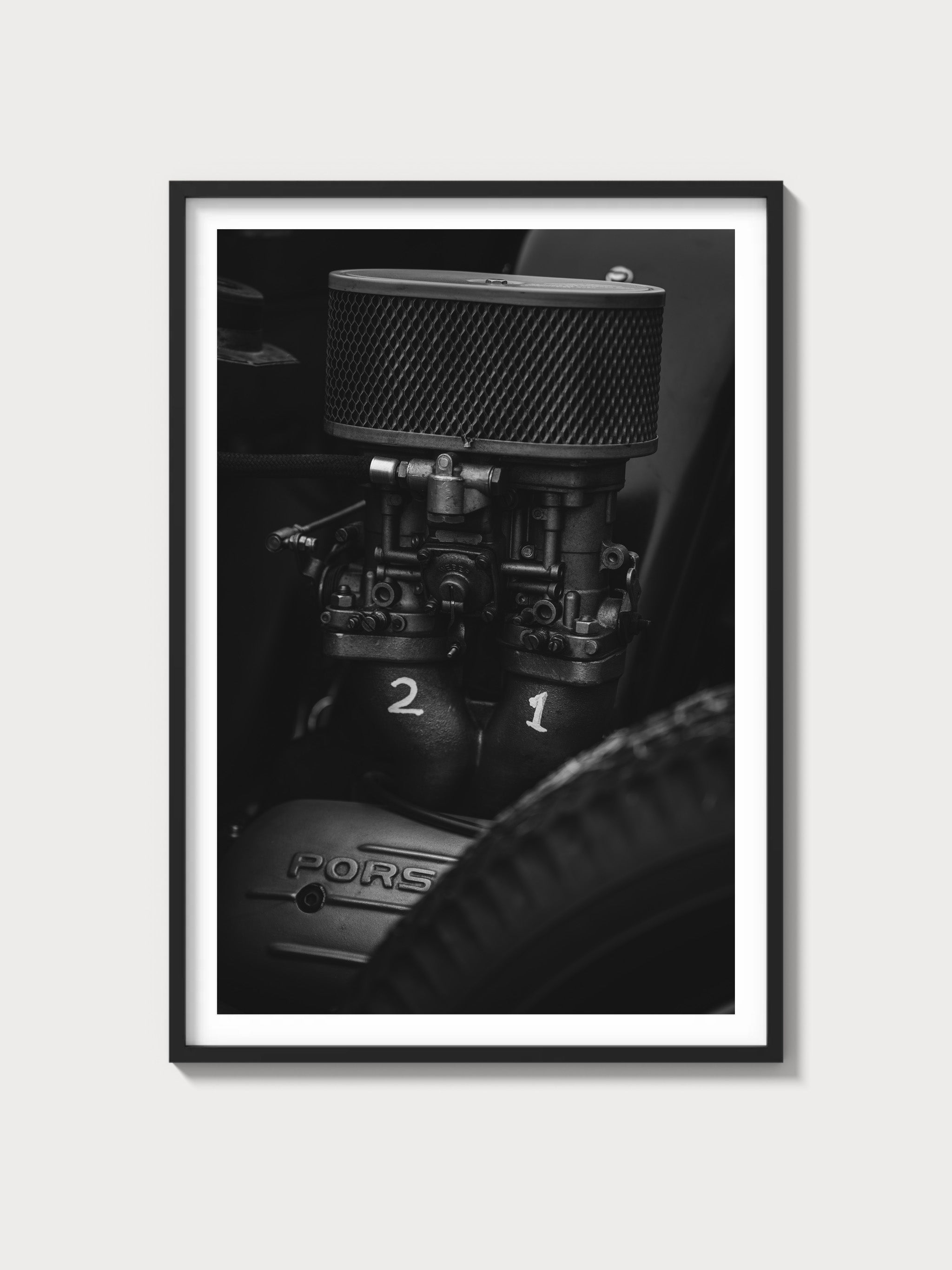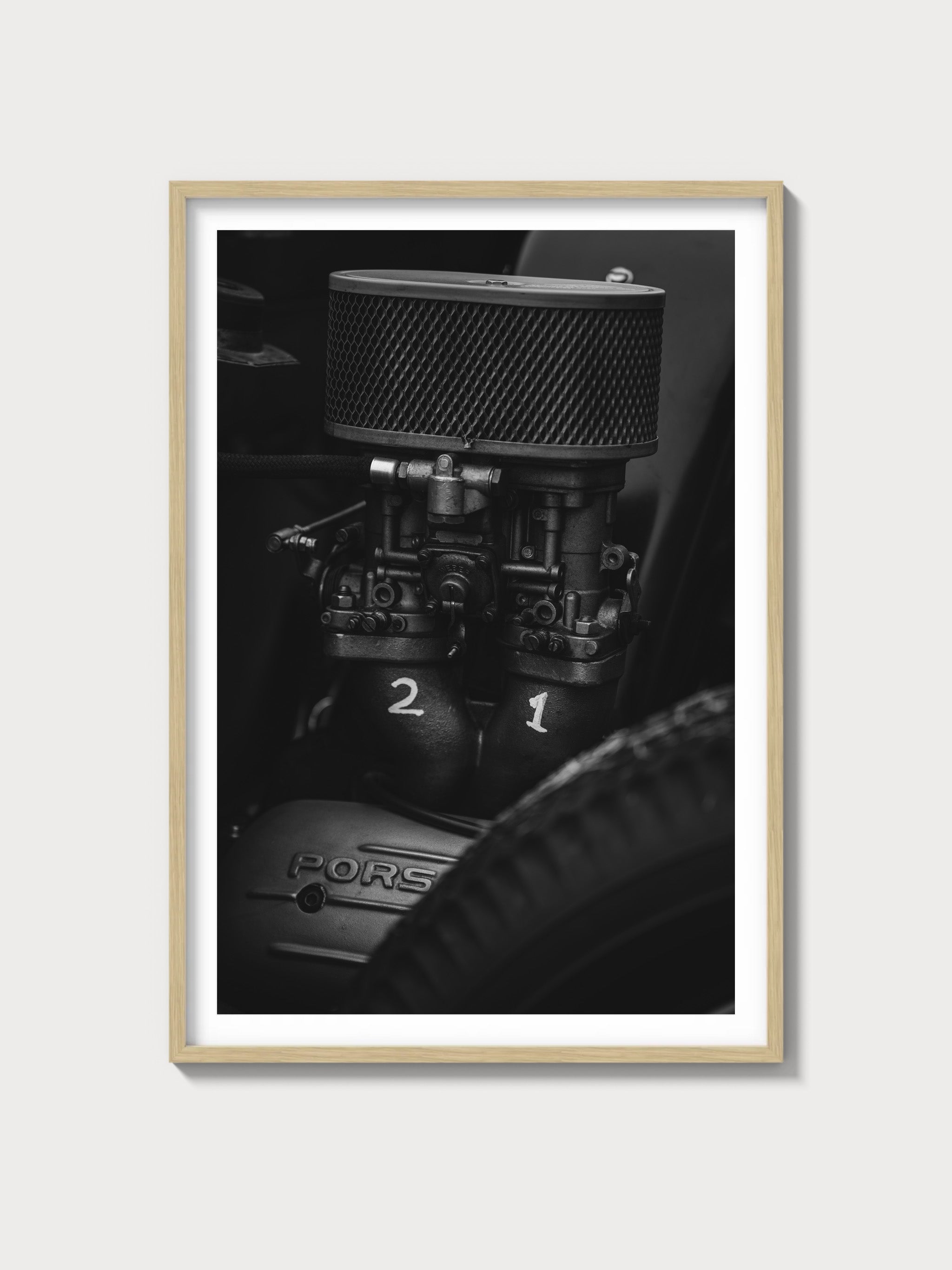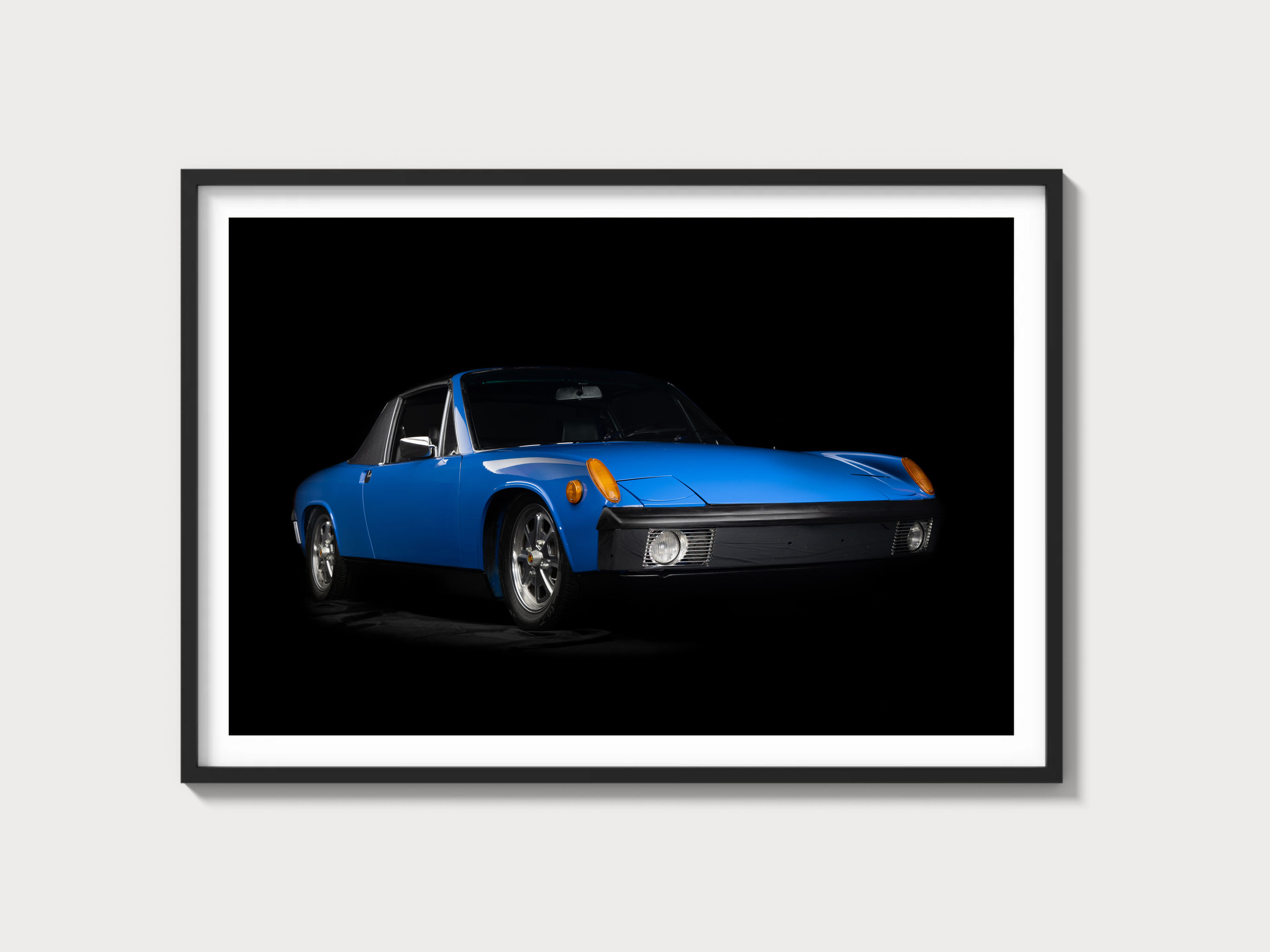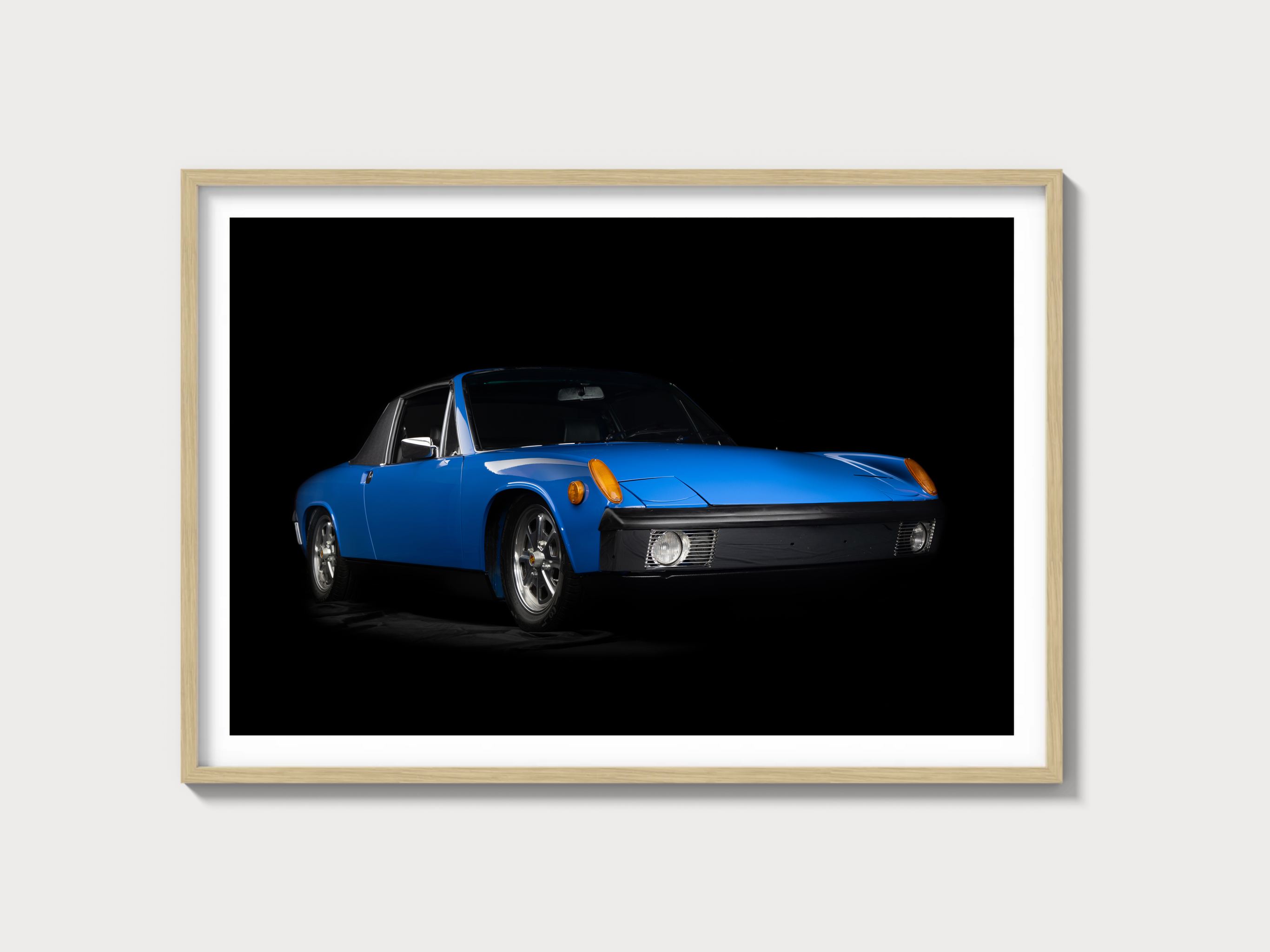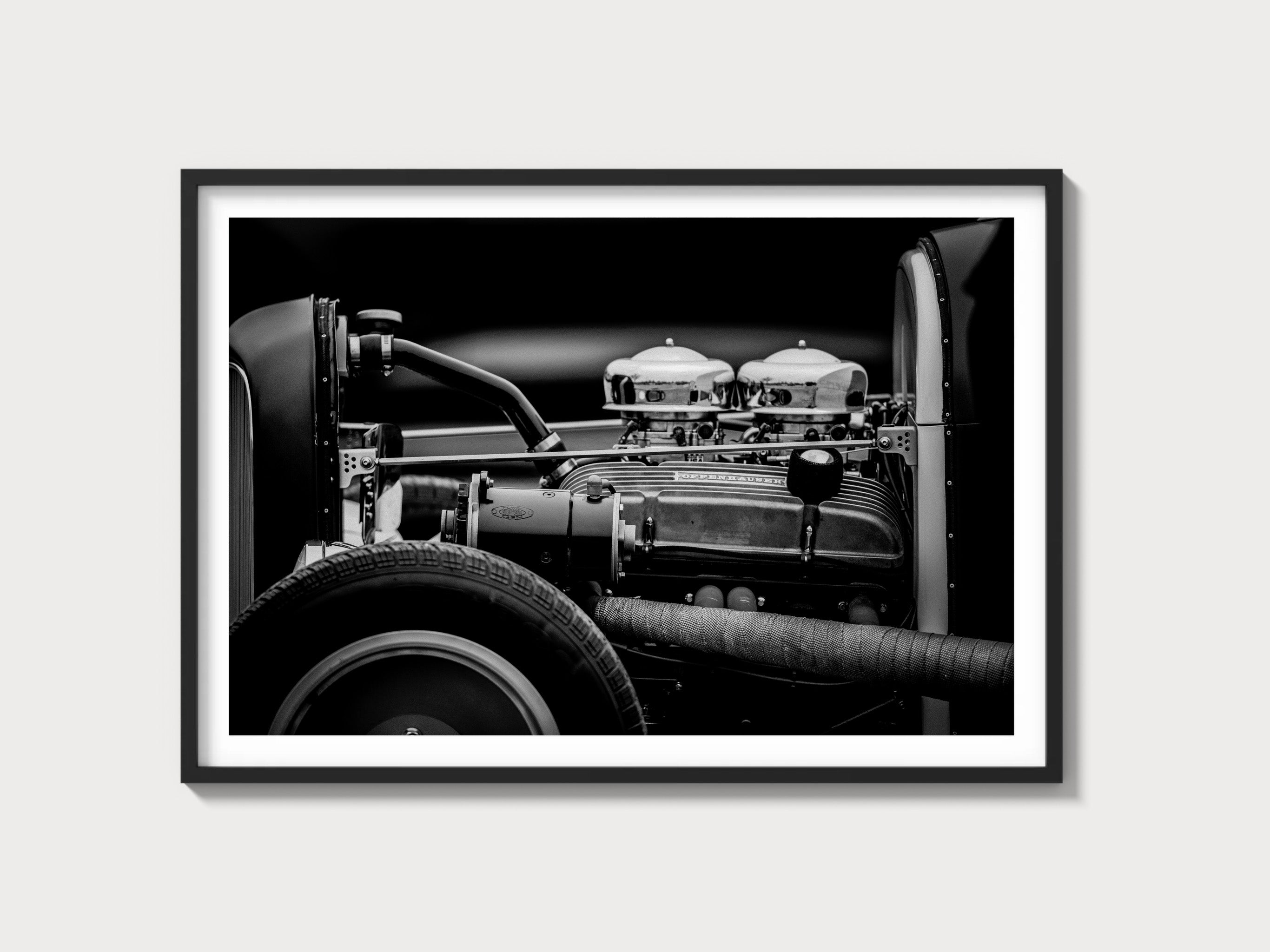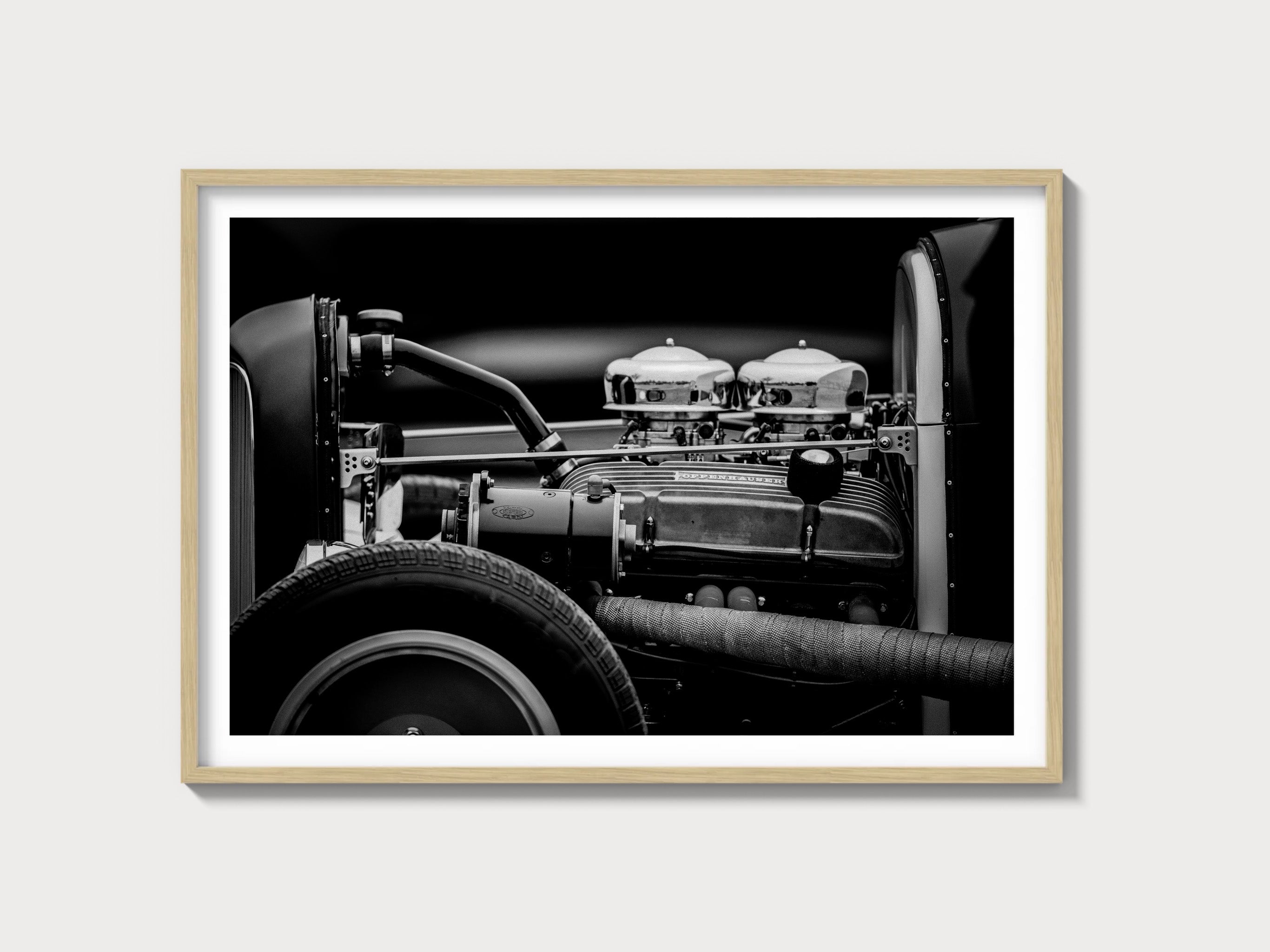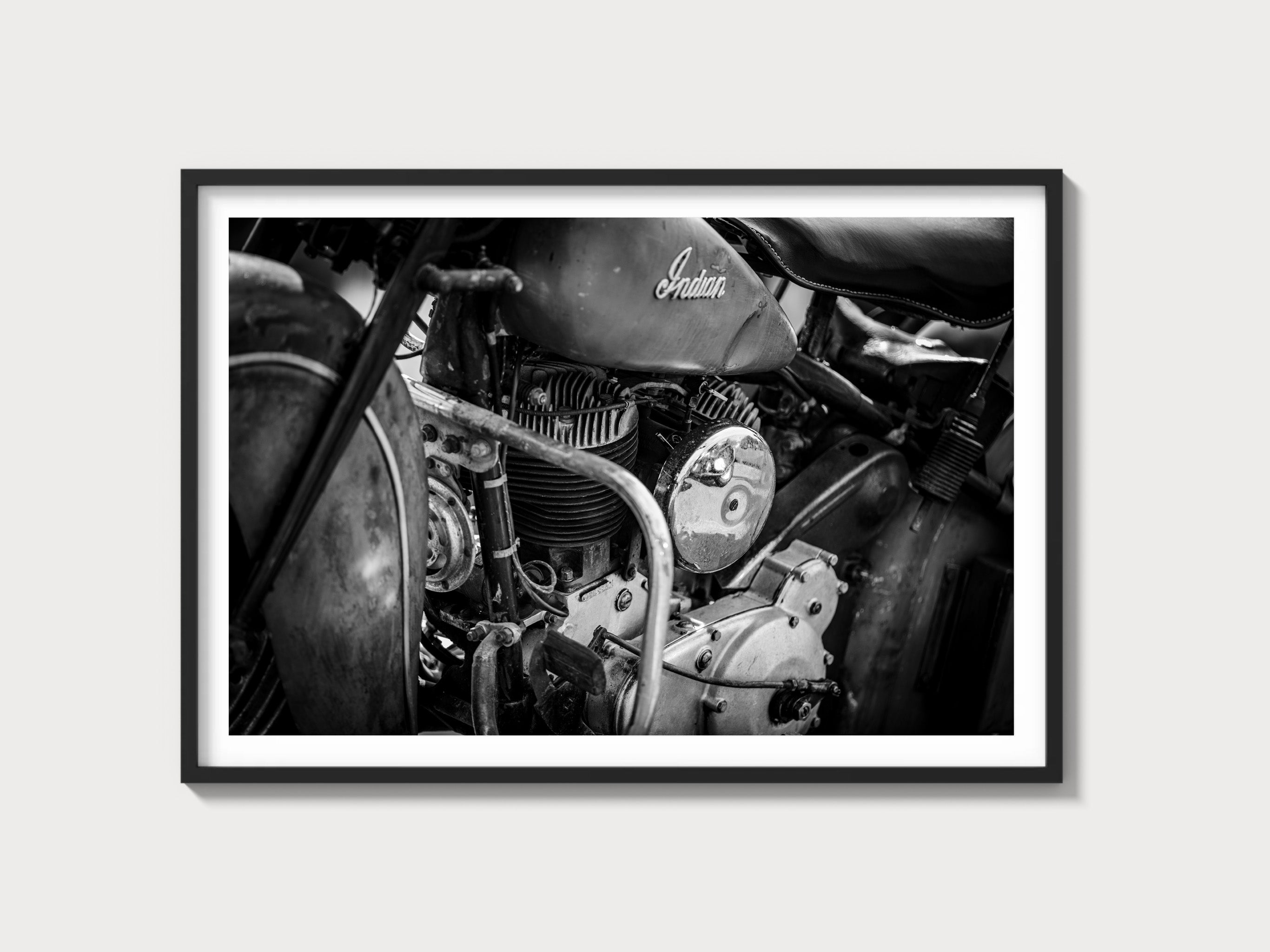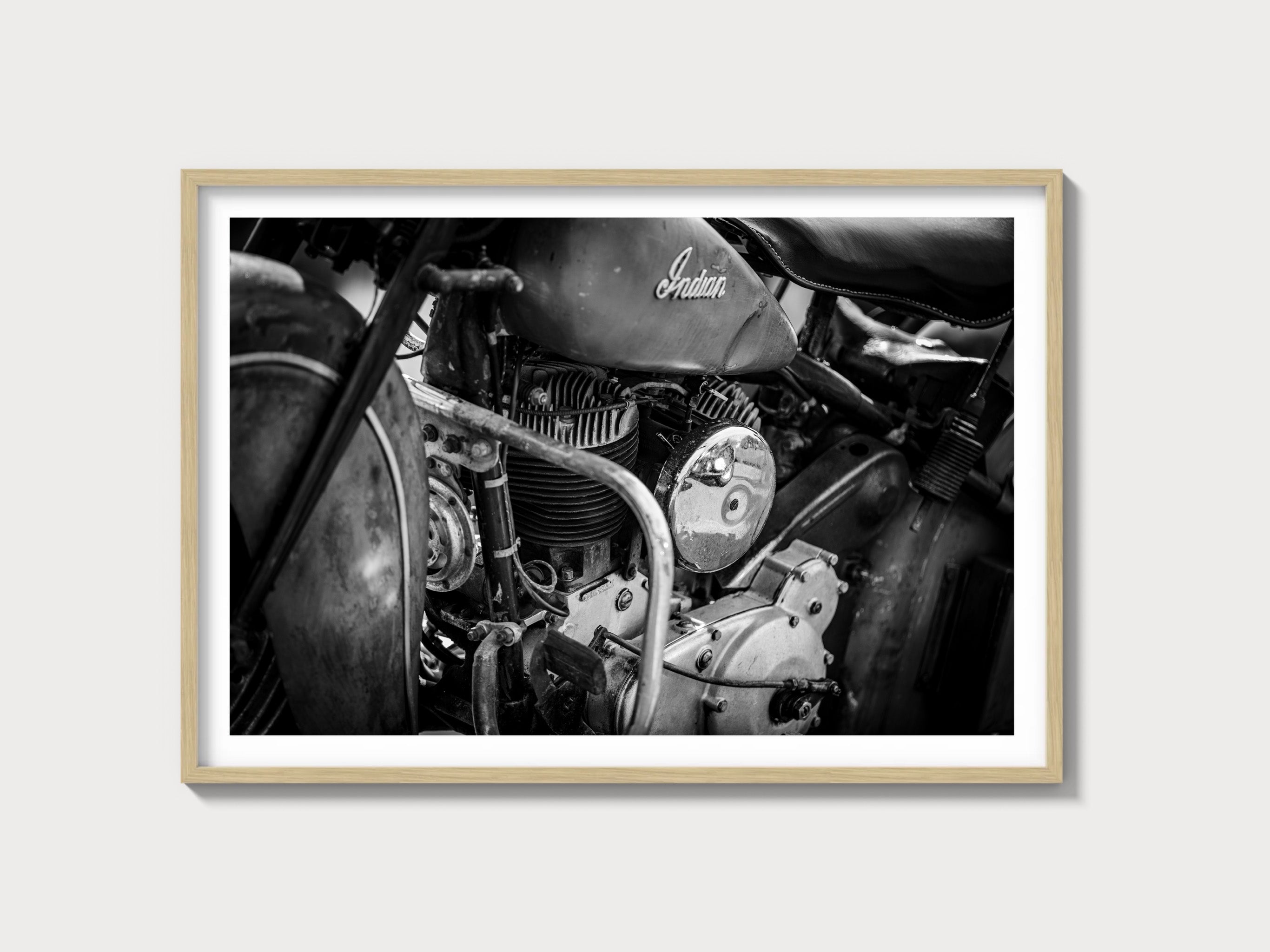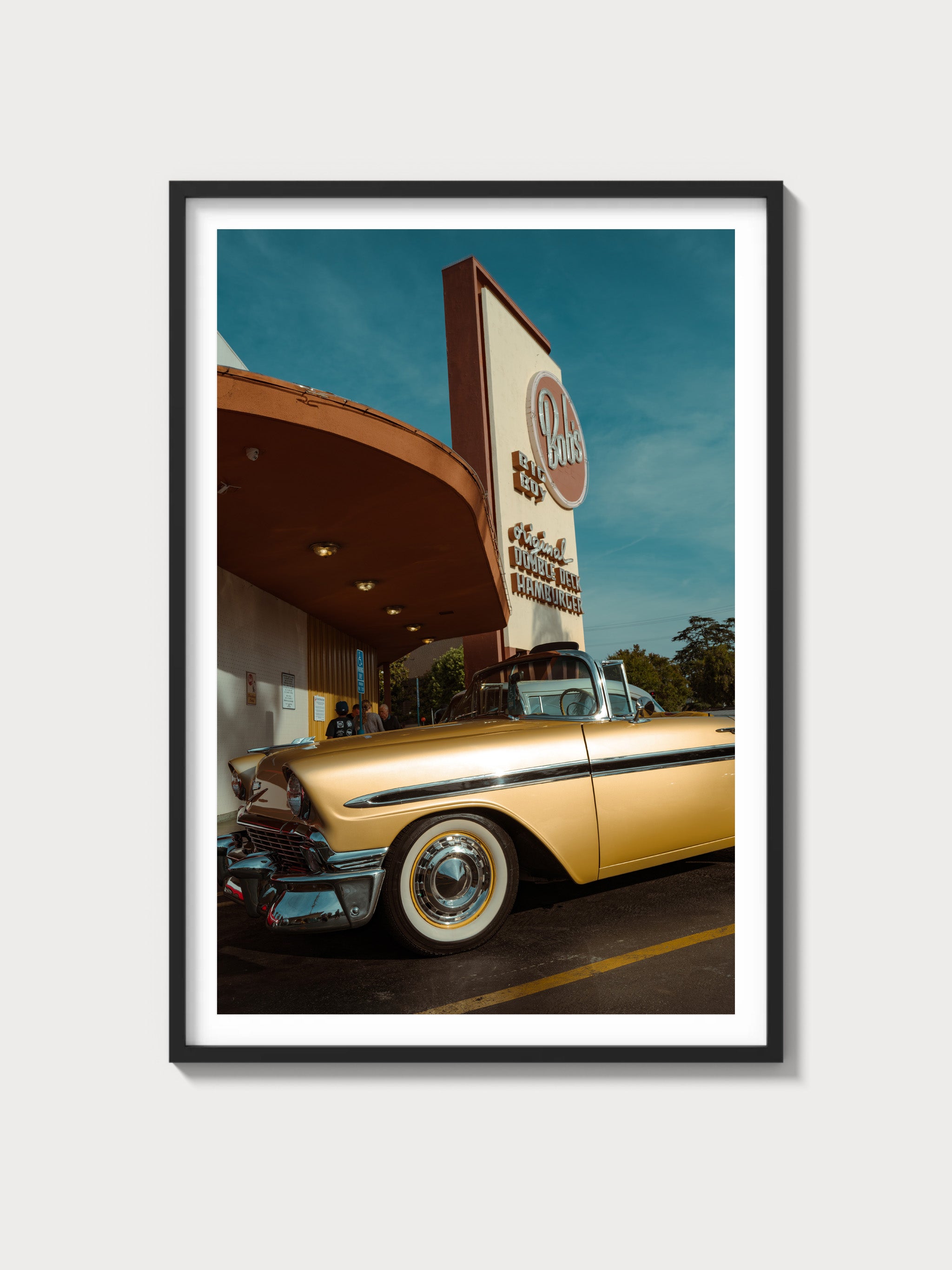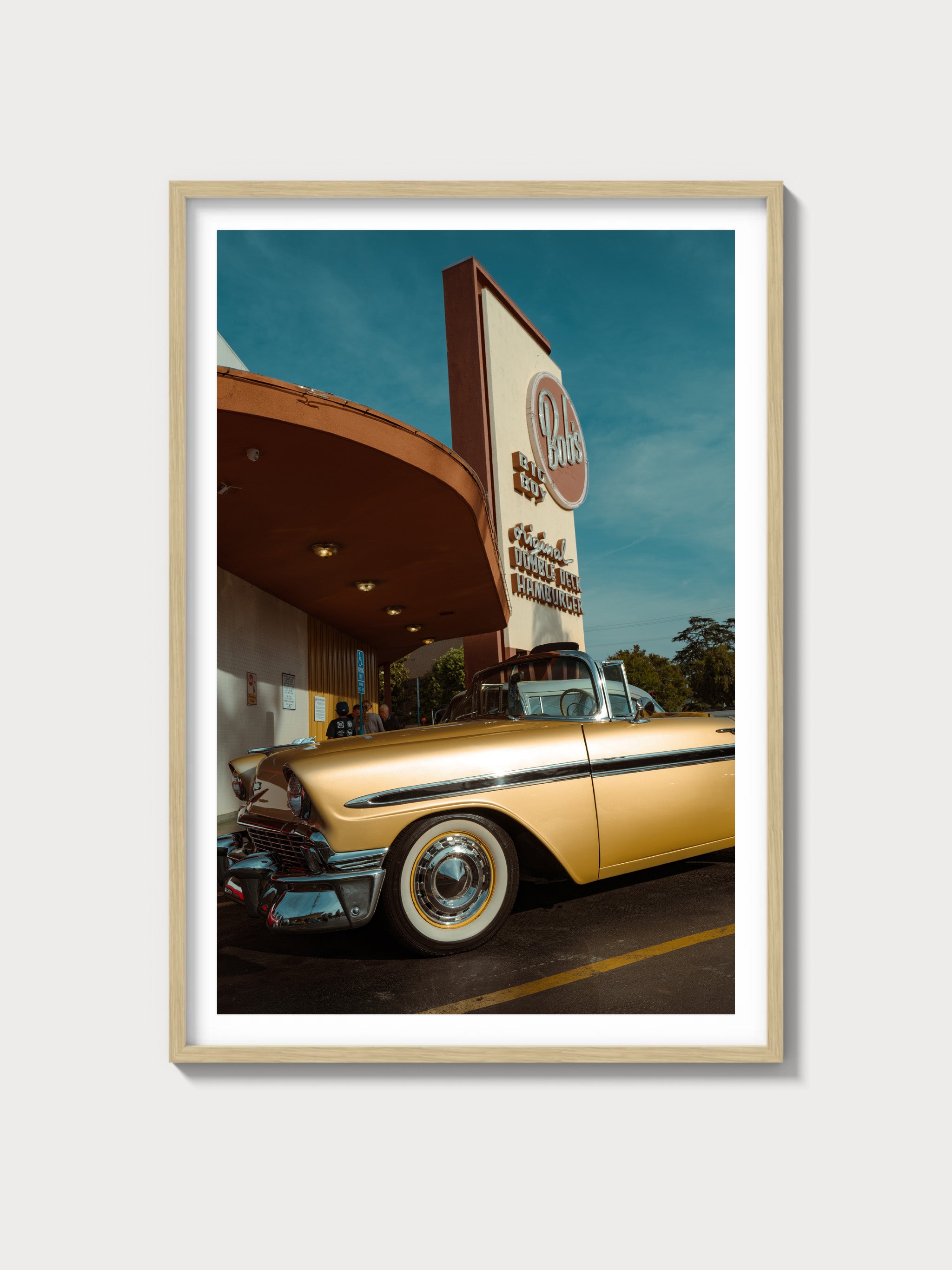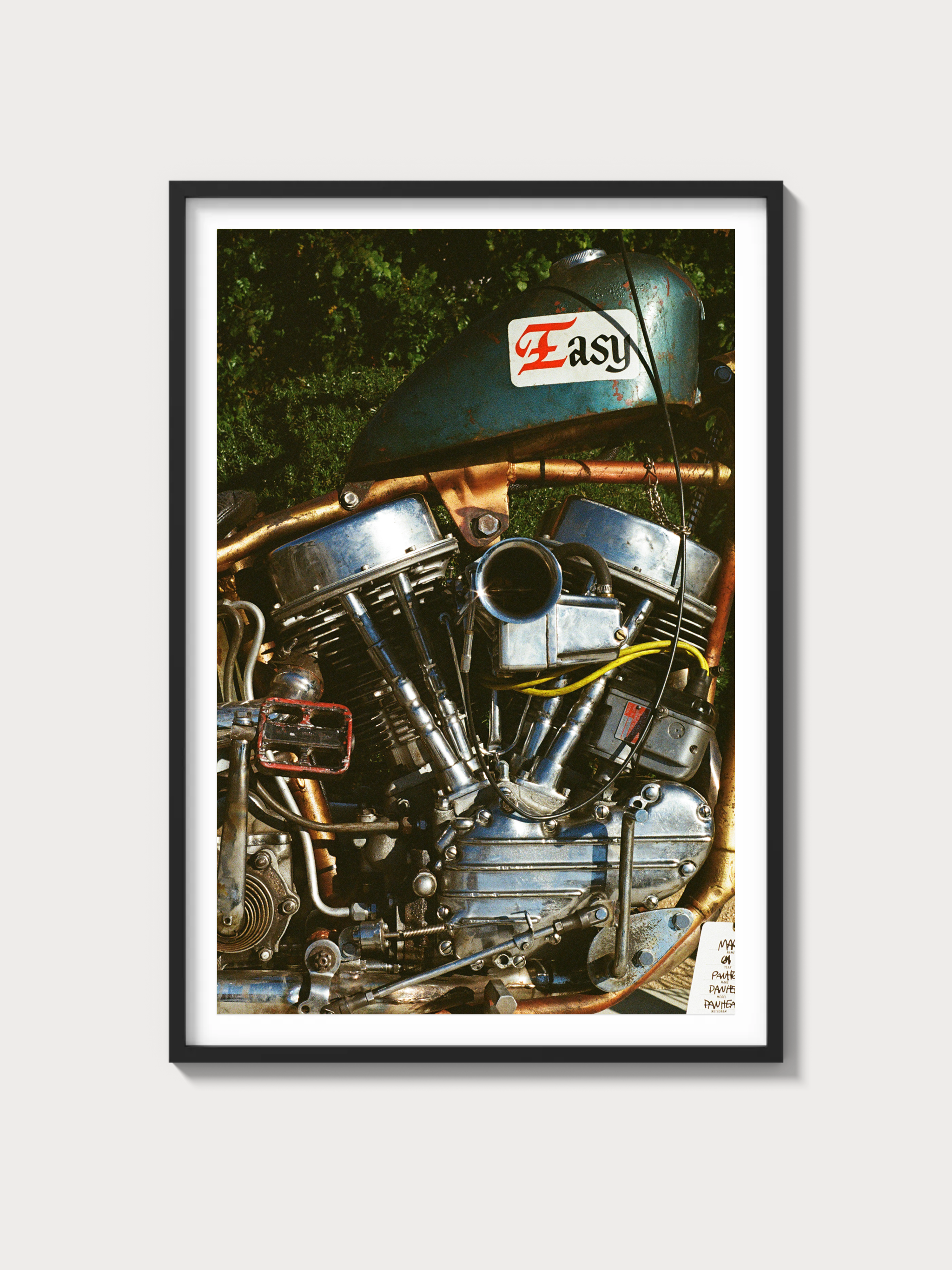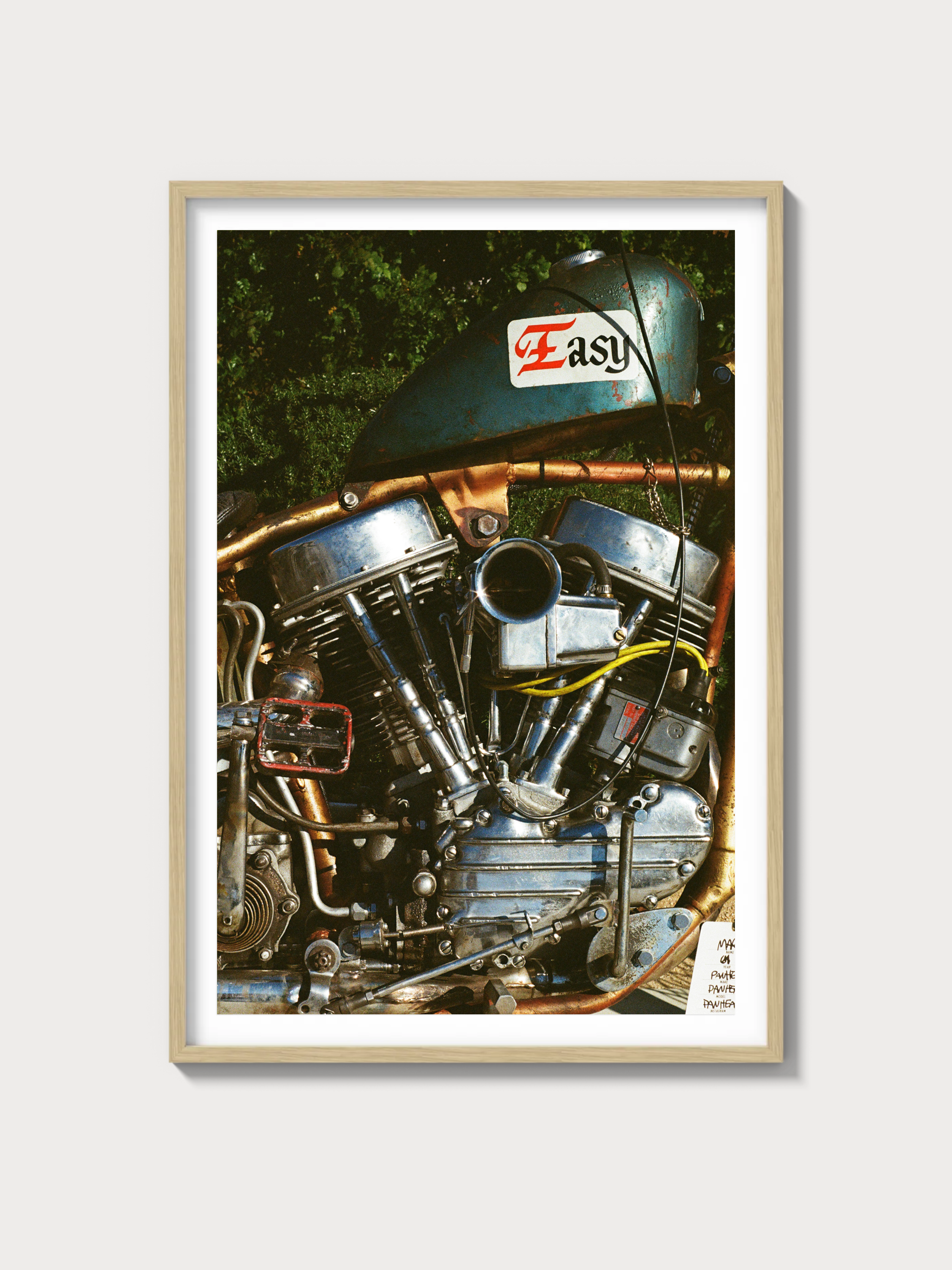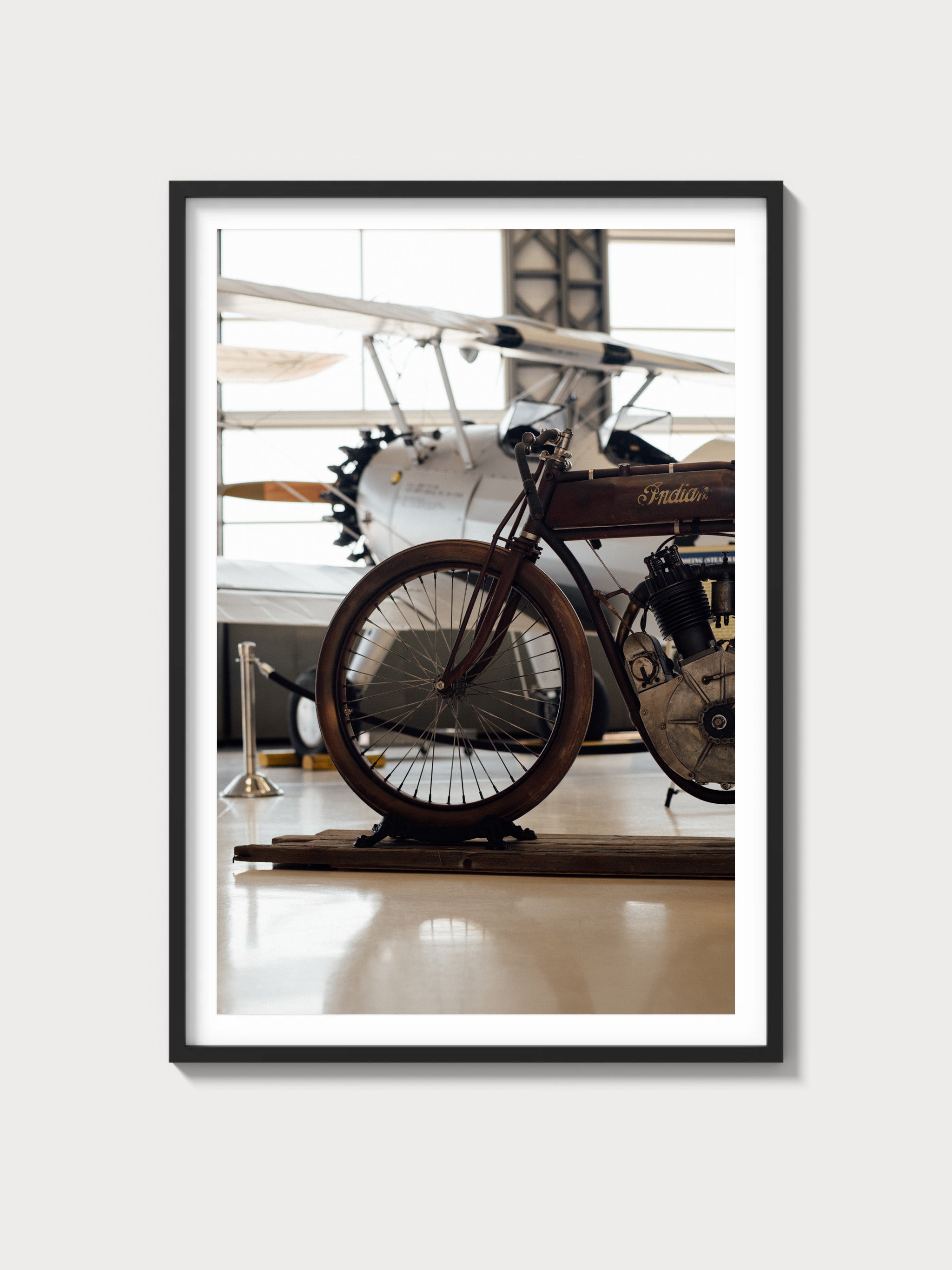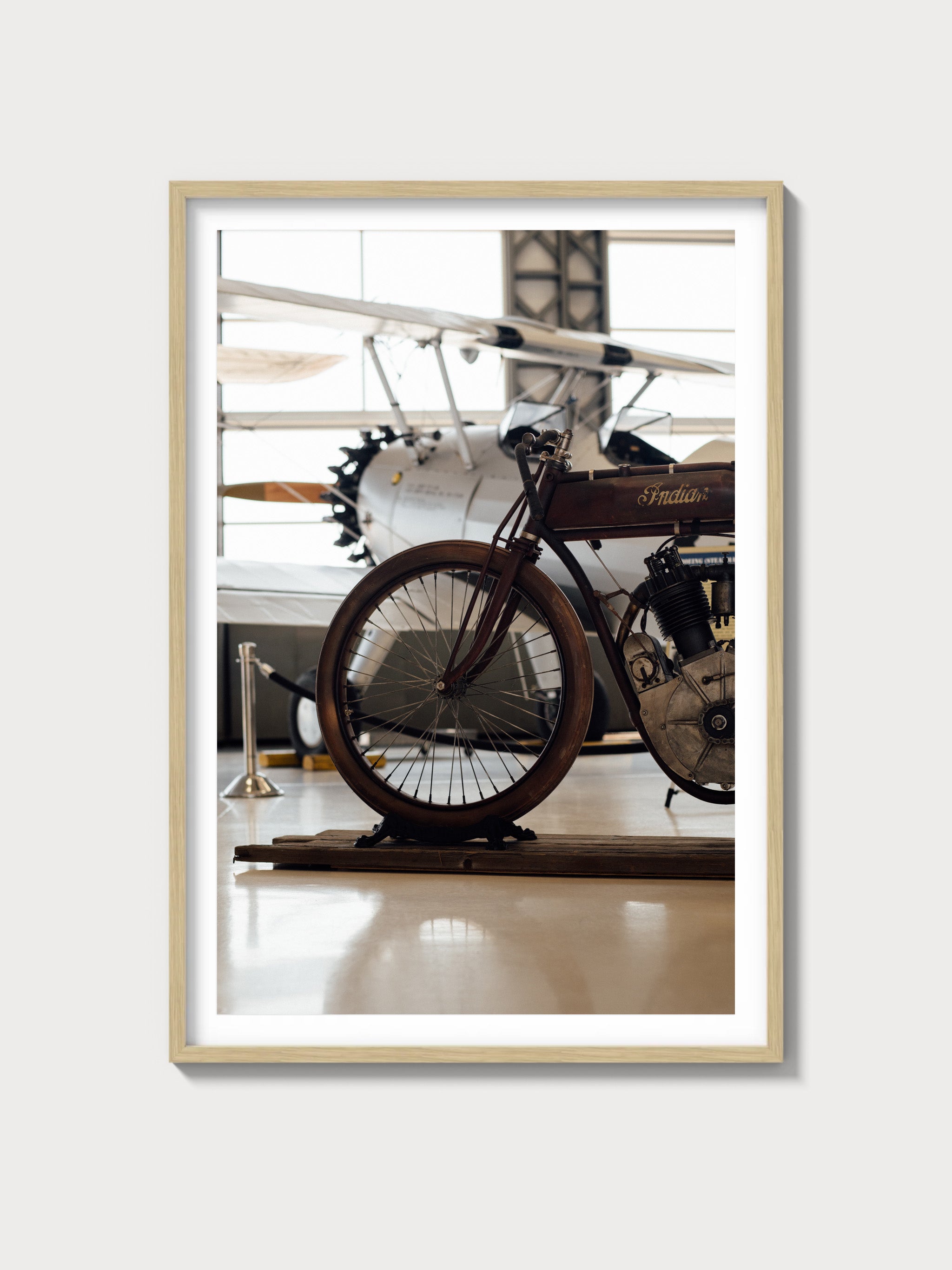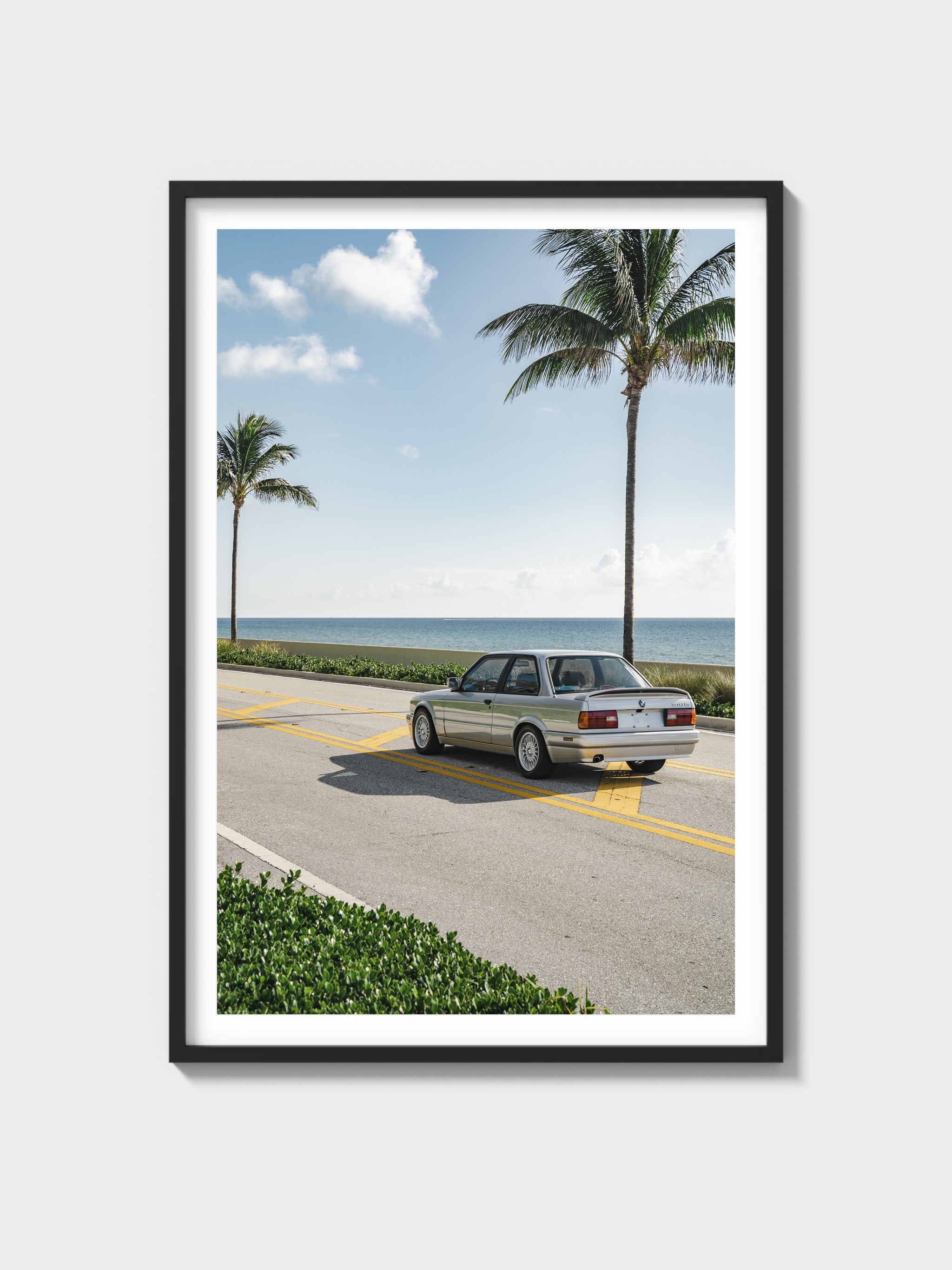The 1961–1966 Ford F-100 Base: A Staple of American Automotive Heritage
Historical Context and Development Background
The 1961–1966 Ford F-100 represents the fourth generation of the iconic F-Series trucks, a lineage that has etched its name in the annals of automotive history. During this era, Ford sought to balance utility with a burgeoning consumer interest in styling and comfort. The F-100 was born out of a post-war America, where the demand for reliable and versatile vehicles was paramount. Design cues of the era reflected a shift towards modern aesthetics — smooth lines and a more car-like appearance heralded a departure from the utilitarian designs of the past.
Ford's engineering team focused on enhancing the truck's usability for both personal and commercial use, making strategic advancements in ride comfort and driving dynamics, which set it apart from contemporaries like the Chevrolet C10 and Dodge D-Series.
Engine and Technical Specifications
| Specification | Details |
|---|---|
| Engine Configuration | Inline-6 / V8 |
| Displacement | 223 cu in (I6) / 292 cu in (V8) |
| Horsepower | 137 hp (I6) / 160 hp (V8) |
| Induction Type | Natural Aspiration |
| Redline | 4,800 RPM |
| Fuel System | Carburetor |
| Compression Ratio | 8.8:1 |
| Bore x Stroke | 3.75 x 3.30 in (I6) / 3.75 x 3.30 in (V8) |
Driving Experience and Handling Dynamics
The Ford F-100 of this era was engineered for a smooth ride, a notable improvement over its predecessors. The suspension components were tuned to absorb road imperfections, making it a viable option for both work and leisure. Steering was relatively direct for a truck of its size, although it required a firm hand, especially at low speeds. The gearbox, a three-speed manual or optional automatic, provided robust performance, though it demanded a level of engagement often missing in modern trucks.
Full Performance Specifications
| Performance Metric | Value |
|---|---|
| 0-60 mph | 15.0 seconds |
| Top Speed | 90 mph |
| Quarter Mile | 20.0 seconds |
| Weight | 3,600 lbs |
| Layout | Front-engine, rear-wheel-drive |
| Brakes | Drum (front and rear) |
| Suspension | Front: Twin I-Beam; Rear: Leaf Spring |
| Gearbox Type | 3-speed manual/automatic |
Variant Breakdown
- Base Trim: Basic work truck with minimal frills, production numbers not specifically tracked.
- Custom Cab: Featured upgraded interior, chrome trim, and optional two-tone paint.
- Ranger: Introduced in 1965, offered premium options like wood grain interior trim.
Ownership Notes
Owning a 1961–1966 Ford F-100 today requires dedication, as parts availability ranges from adequate to scarce, depending on the component. While some mechanical parts are easily sourced, body panels and trim pieces can be difficult to find in good condition. Restoration can be labor-intensive, given the truck's age, but its straightforward engineering simplifies many mechanical repairs. Regular maintenance, such as oil changes every 3,000 miles and regular brake inspections, is crucial to ensure longevity.
Cultural Relevance
The Ford F-100 of this generation has appeared in various media, often symbolizing the rugged individualism of mid-20th-century America. Its presence in films and television shows underscores its role as an icon of American motoring culture. In the collector market, values have steadily increased, with pristine examples fetching upwards of $30,000 at auction. The F-100's racing legacy is understated, but it has been a favorite in vintage racing circles, appreciated for its durability and straightforward mechanics.
FAQs
Q: How reliable is the 1961–1966 Ford F-100?
A: With regular maintenance, the Ford F-100 is quite reliable, though age-related issues like rust and electrical problems are common.
Q: What are the known problems of the Ford F-100?
A: Common issues include rust in the body panels, worn suspension components, and electrical gremlins.
Q: How has the value of the Ford F-100 trended?
A: Collector interest has increased, with prices appreciating steadily, especially for well-preserved or restored examples.




